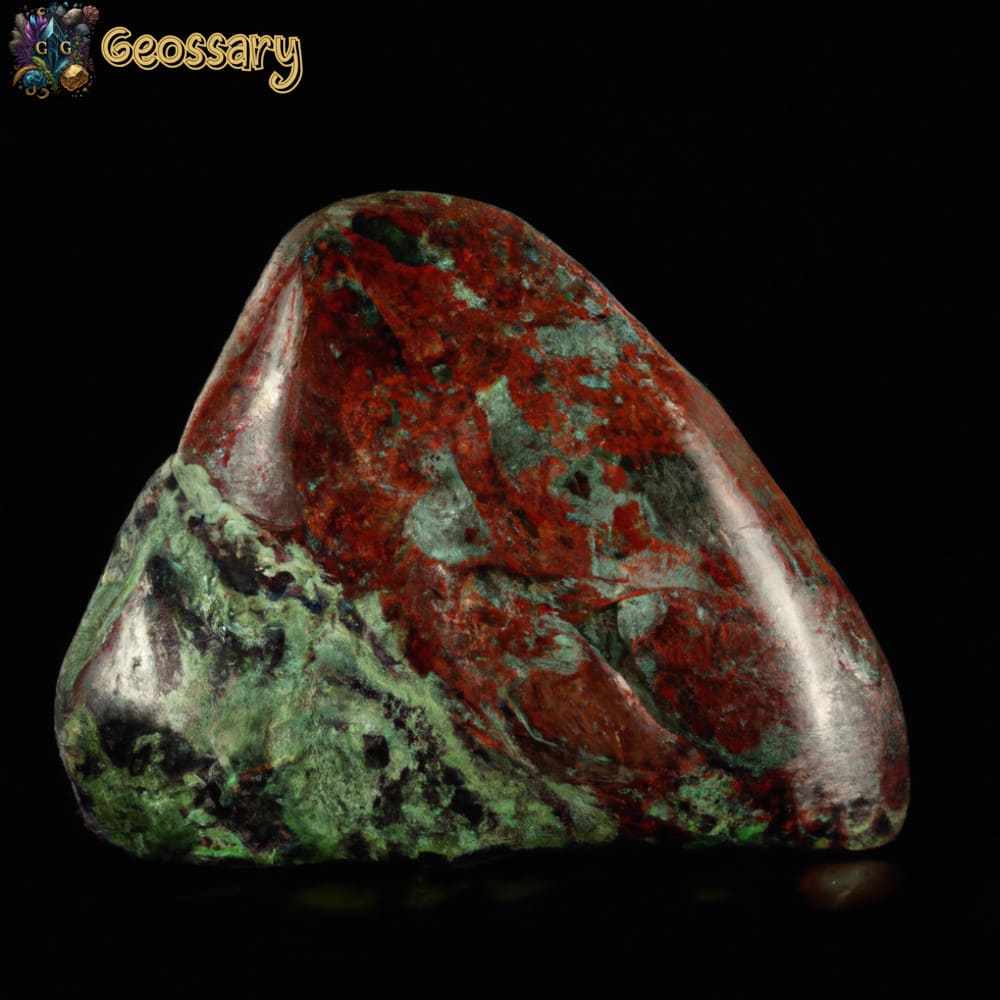The texture of an igneous rock is a very important characteristic that serves above all for the identification of that rock. This characteristic refers to the description of the constituent parts, the sizes, arrangement and shapes that mineral grains have in igneous rocks.
This article will deal with the different textures of igneous rocks based on the degree of crystallinity, the size of the crystals and their distribution (that is, their granularity).
Textures of igneous rocks based on the degree of crystallinity
The texture of an igneous rock based on the degree of crystallinity of the mineral grains refers to three main groups.
The holohyaline texture
This texture refers to the fact that the volcanic glass content in the rock exceeds 90% of its total volume.
The holocrystalline texture
On the other hand, the holocrystalline texture refers to the fact that the content of mineral crystals exceeds 90% of the total volume of the rock.
The hyalocrystalline texture
In this case, the hyalocrystalline texture refers to when the crystals and glass occur with a percentage greater than 10% of the total volume of the rock.
Igneous rock textures based on crystal size and distribution
Defining the texture of igneous rocks based on the size of the crystals is very important because it indicates the speed and type of cooling that the magma or lava that formed that rock had.
In general, it can be said that with a more rapid cooling of the magma or lava, the igneous rock will have a smaller crystal size, while a slow cooling of the molten rock material will produce an igneous rock with large crystal sizes that are visible even to the naked eye.
Glassy texture
The glassy texture in an igneous rock indicates a sudden or very rapid cooling of lava, which produces extrusive or volcanic igneous rocks rich in volcanic glass.
The sudden cooling of the lava is produced by highly explosive volcanic eruptions and also by the contact of the lava with the water that also produces highly explosive volcanic eruptions that expels the magmatic material abruptly over the earth’s crust and cools down to form extrusive igneous rocks rich in volcanic glass.
The example that represents rocks with a glassy texture is obsidian.
Aphanitic texture
The aphanitic texture is also related to small mineral crystal sizes that often cannot be seen even with the help of a magnifying glass or even with a petrographic microscope. the aphanitic texture generally refers to mineral crystals smaller than one millimeter (1mm crystals).
the aphanitic texture can likewise be divided into two groups as follows.
The microcrystalline texture, which is basically one in which the mineral constituents can be recognized under a petrographic microscope.
The cryptocrystalline texture is one in which the mineral constituents cannot be recognized even under a petrographic microscope.
The most common examples of rocks that have the phaneritic texture are basalt, andesite, trachyte, and rhyolite.
Phaneritic texture
The phaneritic texture is one in which the mineral components are even easily identified with the naked eye or with the help of a geologist’s magnifying glass because they indicate a coarse mineral size (crystal size 1mm). here the crystals usually have a very similar size, which is why it is also called equigranular.
The phaneritic texture is characterized because it indicates that the cooling of the magma or lava was slow, that is to say that the minerals had enough time to develop.
This texture can be classified as follows according to the size of the mineral grains.
- Very coarse grain: 30 mm
- Coarse grain: 5 to 30 mm
- Medium grain: 2 to 5 mm
- Fine grain: 2 mm (they are visible)
The most common examples of rocks that have the phaneritic texture are granite, diorite, gabbro, granodiorite, and tonalite.
Pegmatitic texture
The pegmatitic texture in an igneous rock indicates that the mineral crystals exceed at least one centimeter in length in the rock and indicates that the cooling of the magma was very slow and also that there was a large contribution of water to the magmatic system, which allowed the development of the mineral crystals.
In fact, the example for this texture is the pegmatite igneous rock.
Porphyritic or porphyritic texture
This texture is characterized by the fact that the igneous rock presents mineral crystals of varied sizes, that is, some larger crystals and other smaller crystals. For this reason it is also called as inequigranular texture.
The porphyritic texture basically indicates two or several cooling stages of the magmatic system.
Vesicular texture
The vesicular texture is usually typical of extrusive igneous rocks or sometimes of subvolcanic rocks. It basically forms because the gases found in the lava are trapped during cooling, forming vesicles. These gases often escape from these vesicles and empty spaces remain in the igneous rocks.
The most common examples that represent this texture are the pumiceand volcanic slag.
Fluid texture
This texture usually occurs in both intrusive and extrusive igneous rocks and indicates the movement of the magmatic melt that originates the rocks, where the minerals appear aligned in a single direction in the manner of a fluid.
It is quite common to find this texture in rhyolites and basalts.
Pyroclastic texture
This type of texture in the linear rocks is related to explosive volcanic eruptions and the consolidation and crystallization of pyroclastic materials emitted in that eruption.
These consolidated pyroclastic materials include ash, scoria, lapilli, rock parts, volcanic glass, and pumice.
Likewise, this type of texture can also be classified as follows.
- Ash (2mm)
- Lapilli (cinder: 2 to 64 mm)
- Volcanic bombs (64mm) (with ellipsoidal or discoidal shape)
- Blocks (64mm) (with irregular or angular shape)

